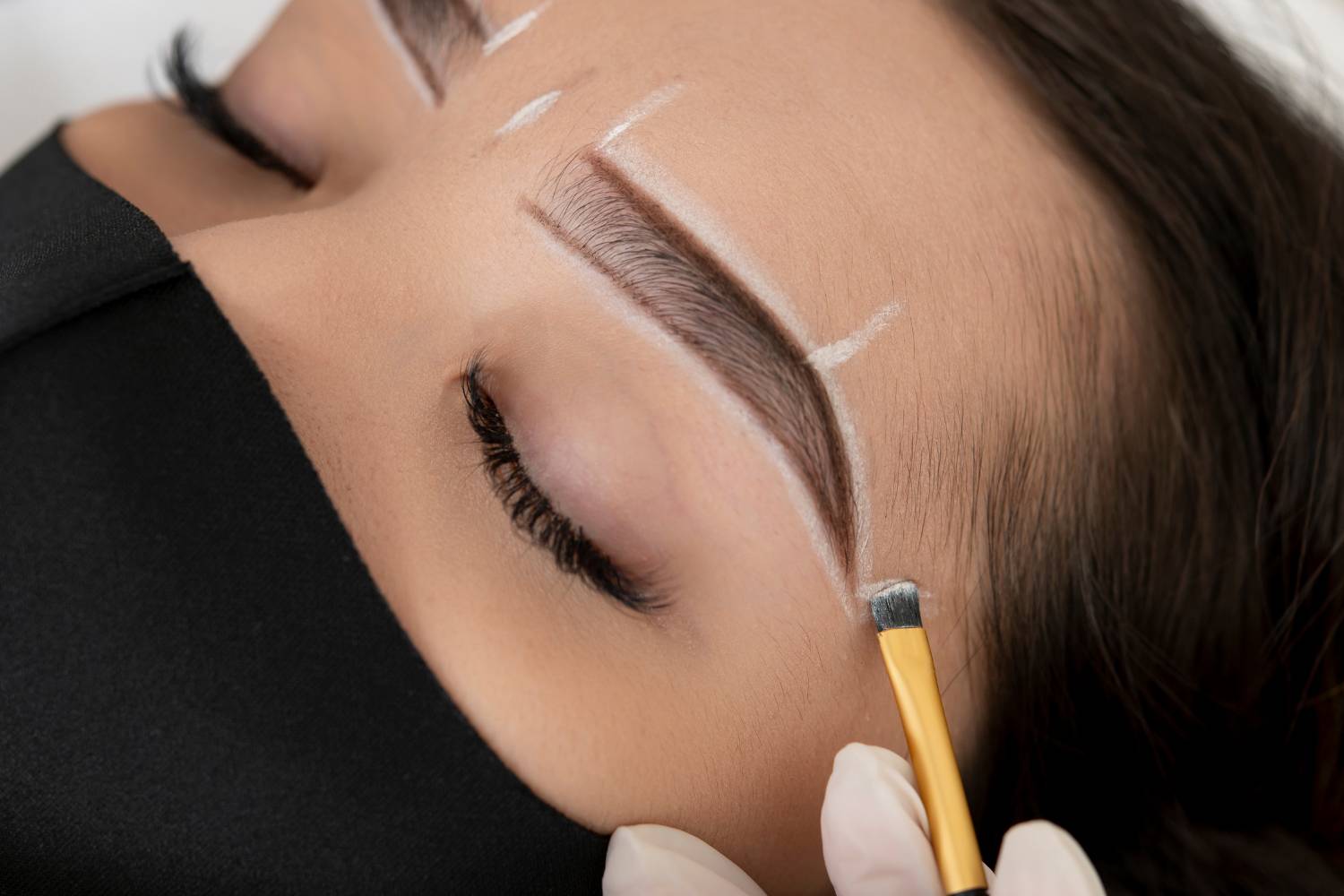
The quest for the definitive eyebrow shape is less about adhering to fleeting trends and more about mastering the subtle art of facial architecture. Brows are the paramount feature of expression and symmetry, yet their potential to harmonize or disrupt the balance of one’s face is often underestimated. The most successful brow design is the one that appears intrinsic to the bone structure, acting as a custom-fitted frame rather than a superficial addition. This process involves a meticulous analysis of the fundamental shape of the face, a measurement technique known as brow mapping, and an understanding of how small shifts in arch height or tail length can dramatically alter the perception of proportion and emotional tenor. Simply copying a celebrity’s brow from a magazine or social media feed is a common pitfall that ignores the unique geometry of the individual’s facial features. The goal is not to achieve an “ideal” brow in the abstract sense, but rather the most flattering brow for the existing landscape of the face.
Brows are the paramount feature of expression and symmetry, yet their potential to harmonize or disrupt the balance of one’s face is often underestimated.
To begin this customized approach, one must first accurately categorize their face shape, a non-negotiable step that informs all subsequent styling decisions. While the categories are broad—such as round, square, oval, heart, long, and diamond—identifying the dominant feature is crucial. A round face, characterized by soft curves and a width that is nearly equal to its length, inherently lacks the angular definition that most find desirable. Conversely, a square face presents a strong, broad jawline and a similarly wide forehead, embodying a powerful, angular geometry. The oval face, often considered the most balanced, is slightly longer than it is wide, with a jawline that is narrower than the cheekbones. The heart-shaped face has a broad forehead that tapers down to a pointed chin, and a long or rectangular face is noticeably extended in length. Recognizing these foundational forms is the prerequisite to selecting a brow that creates a counterbalancing or complementing visual effect, initiating a careful dialogue between the brow and the jawline.
A round face, characterized by soft curves and a width that is nearly equal to its length, inherently lacks the angular definition that most find desirable.
For individuals with a round face, the objective is to introduce the illusion of length and angularity, thereby disrupting the circular flow of the facial outline. This is precisely where a high-arched brow proves indispensable. The vertical lift created by a distinct, medium-to-high arch immediately draws the eye upward, visually elongating the face and lending it a more defined structure. The peak of the arch should be relatively sharp and defined, avoiding any excessive curve or roundness that would only reiterate the soft contour of the face below. It is the contrast between the sharp angles of the brow and the soft curves of the face that generates the slimming and lifting effect. Conversely, a flat or overly rounded brow shape on a round face will visually compress the features and amplify the face’s inherent fullness, an effect typically to be avoided. The execution of this high arch, however, must be precise; a natural transition is key to avoiding an unnatural, perpetually surprised appearance.
The vertical lift created by a distinct, medium-to-high arch immediately draws the eye upward, visually elongating the face and lending it a more defined structure.
When addressing a square face, the stylistic mandate shifts entirely to one of softening and balancing the strong, angular framework. The brow should serve as an elegant counterpoint to the pronounced jawline and broad forehead. This is achieved not with sharpness, but with a degree of curvature. A softly rounded or a strong, thick brow with a very gentle arch is the optimal choice, as it introduces an element of grace and femininity that mitigates the powerful lines of the bone structure. The thickness of the brow is also critical here; a substantial, full brow can withstand the dominance of the square jawline, whereas a thin, over-plucked line would appear disproportionate and ineffective. The arch, while present, should not be too sharp; instead, it should follow a smooth, gradual curve. This deliberate softness prevents the brow from competing with or intensifying the face’s natural angularity.
This is achieved not with sharpness, but with a degree of curvature. A softly rounded or a strong, thick brow with a very gentle arch is the optimal choice.
The oval face presents a unique freedom, as its inherently balanced proportions allow it to accommodate the widest array of brow shapes. Since the goal is not to correct a major proportional imbalance, the choice becomes one of accentuation and gentle refinement. A softly angled brow with a moderate arch often works best, adding a touch of subtle definition without disrupting the face’s natural harmony. The soft angle provides a framework that enhances the eyes without making the face appear either too long or too wide. However, even with this versatility, there are stylistic caveats. Overly straight, flat brows should generally be avoided, as they can visually shorten the face, making the already balanced oval appear somewhat squat. The ideal oval brow maintains a medium thickness and a natural, unforced flow that complements the underlying symmetry.
The ideal oval brow maintains a medium thickness and a natural, unforced flow that complements the underlying symmetry.
The long or rectangular face requires a design strategy aimed at visually reducing the vertical length and increasing the perception of horizontal width. This is accomplished most effectively with a flat, straight, and slightly extended brow. By minimizing the arch, the eye is drawn across the face horizontally, effectively “breaking up” the length. The tail of the brow should be extended subtly past the outer corner of the eye, which enhances the perception of width at the sides of the face. A high arch on a long face is counterproductive, as it emphasizes the vertical dimension and exaggerates the forehead’s height. The key here is a horizontal emphasis: a straight trajectory with a deliberate lack of significant upward curve. The density of the brow can also play a role, with a slightly fuller, bolder brow often contributing to the widening effect.
This is accomplished most effectively with a flat, straight, and slightly extended brow.
Moving to the heart-shaped face, characterized by a wider forehead and a narrow, pointed chin, the brow’s function is to soften the width of the upper third of the face while drawing attention to the eyes. A rounded brow with a medium-to-soft arch is often recommended. The gentle curve of the rounded shape helps to minimize the dominance of the forehead and bring the face into balance with the delicate chin. While a high arch can look good, a softer arch prevents the brow from appearing too overpowering on the face’s upper half. The focus should be on creating a smooth, refined line that avoids severe angles, which can look jarring against the delicate lower face. The tail should be subtly tapered to maintain the overall refined look, avoiding any length that might pull the eye downward.
The gentle curve of the rounded shape helps to minimize the dominance of the forehead and bring the face into balance with the delicate chin.
The process of brow mapping is the foundational technique that transforms these theoretical principles into tangible results. It is the practice of using a straight edge—a thin brush handle or a specialized measuring string—to determine the three critical points of the brow relative to the specific features of the individual face. The starting point, or the head of the brow, should align vertically with the middle of the nostril. The arch’s peak is found by angling the straight edge from the middle of the nostril across the center of the iris when the eye is looking straight ahead. Finally, the tail’s endpoint is determined by a diagonal line extending from the outside of the nostril past the outer corner of the eye. Ensuring that the tail does not drop below the level of the head is vital, as a downturned tail can instantly create a tired or drooping appearance, regardless of the arch’s height. Deviating from these personal guidelines is the single most common reason for an unflattering or artificial-looking result.
The arch’s peak is found by angling the straight edge from the middle of the nostril across the center of the iris when the eye is looking straight ahead.
Beyond shape, the thickness and color of the brow contribute profoundly to the final effect. A brow that is too thin, a common relic of past trends, can make a face look older and out of proportion with the current aesthetic of fuller brows. Conversely, a brow that is too thick can overpower delicate features. The ideal thickness is one that balances the density of the other facial features, such as the size of the eyes and lips. Color choice is equally important; a brow color that is significantly darker than the natural hair color, particularly on a lighter complexion, tends to look harsh and blocky, immediately signaling a heavily filled-in, artificial brow. A subtle, well-chosen shade—often one shade lighter than the hair for those with darker hair, and one shade deeper for those with lighter hair—allows the brow to define the eye area without dominating the entire face, resulting in a more integrated and believable enhancement. The overall impression should be of an organically strong, perfectly placed feature, not a drawn-on accessory.
The ideal thickness is one that balances the density of the other facial features, such as the size of the eyes and lips.
The choice of the right brow shape is a personalized exercise in balance and counterpoint, where the goal is to enhance the existing bone structure without imposing an unnatural, standardized look. It demands an informed approach that values the principles of facial geometry over the fickle demands of passing fashion, ensuring that the final shape provides a timelessly elegant frame for the eyes.
